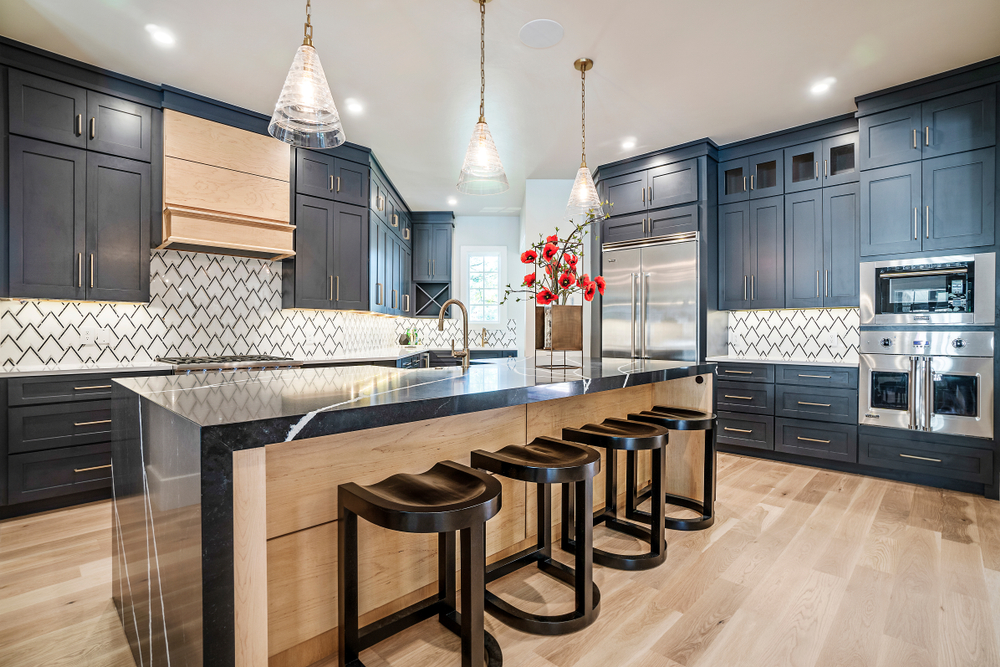
As the days and nights become much colder, wooden floors are exposed to a variety of issues. As wood is known to be a hygroscopic material, it’s ultimately impacted by changes in humidity and temperature. This means, in the winter months, the planks can start to shrink.
When wooden flooring changes in shape, it leaves behind a number of unsightly issues. Lifestyle Flooring UK reveals their top tips for how to avoid common winter flooring troubles.
Unsightly gaps
The biggest issue you’ll find with wooden floors in winter, is gaps. As the boards shrink, unsightly gaps start to appear. They occur due to a reduction in moisture caused by using more heating in the home. As it starts to lose moisture, the wood shrinks, leaving behind gaps in the floor.
Typically, these gaps will disappear once the weather begins to turn warmer and moisture levels increase. However, some wooden floors are more prone to shrinking than others. The level at which gaps appear will depend upon numerous factors such as the species of wood, how it’s been cut, and the width of the planks. Generally speaking, the narrower the planks, the more they will shrink due to temperature and moisture fluctuations.
Engineered wood floors are less prone to suffer seasonal changes due to their unique construction. However, if the temperature and moisture fluctuations are extreme, gaps can still occur.
Cupping issues
Although engineered wood floors don’t have the same issue with gaps as solid wood floors, they can still be affected by winter weather. Cupping is one of the most common issues faced, where the surface of the planks shrink due to moisture changes.
The top layer of engineered flooring is made from real wood, so this layer will still be prone to shrinkage in winter. However, rather than leave behind gaps, it’s just the surface of the floors that will change in appearance. As the wear layer loses its moisture, the edges of the planks can be forced upwards. This causes a cupped effect. Again, once the temperatures begin to rise and the humidity levels increase, the cupping effect will start to disappear.
How to avoid winter related flooring issues
There are a number of things you can do to avoid winter related flooring issues. Reducing ventilation and boosting moisture levels are recommended. Using a humidifier in the room for example, can help to protect wooden floors from losing too much moisture.
Another option is to change the flooring to one which is less prone to seasonal changes. Make sure you’re choosing a stable species of wood such as Redwood or cedar. Choosing engineered wood floors over real wood will also reduce the chances of shrinkage.
Seasonal changes are to be expected when you install wooden flooring within the home. However, the good news is that these changes are temporary, and will resolve themselves as the seasons change.
